1. Krampus (Austria, Slovenia, Croatia, northern Italy)
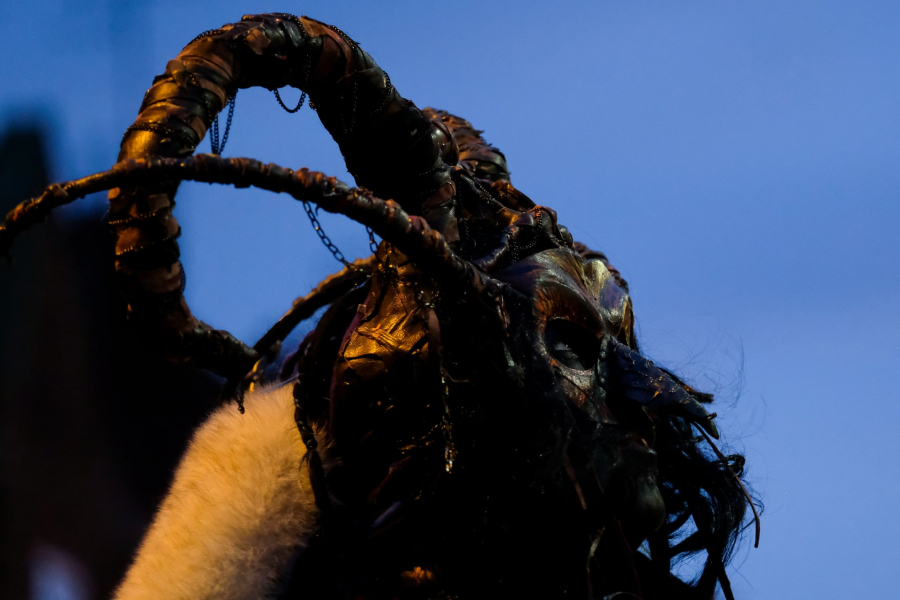
Krampus is a horned humanoid demon in Austrian-Bavarian mountain folklore.
Austrians believe that on Christmas Eve, Santa Claus will deliver presents to good children, while bad children will be "the job" of the devil Krampus. Krampus is a scary-looking demon, half human, half goat, with a tall body, cloven hooves like a goat, long horns and a red tongue sticking out.
This devil will use a whip to punish disobedient children, even forcing them to put them in sacks. In Austria, there is a festival called Krampusnacht dedicated to this character. At the festival, men dress up as Krampus by wearing a very scary wooden mask, goat horns and scare children. Krampus has become a unique Christmas culture in Central Europe, especially the Alpine region.
2. Perchta (Austria, Bavaria)

People dressed as Perchten parade through village streets to ward off winter evil spirits during the annual Perchten festival in Bavaria, Germany
Perchta was a witch whose “duty” was to punish naughty children by slitting their stomachs and stuffing them with straw. This tradition is similar to the belief that Santa Claus would throw coal into the homes of naughty children, but much more horrifying.
3. Mari Lwyd Horse Skull (Wales)
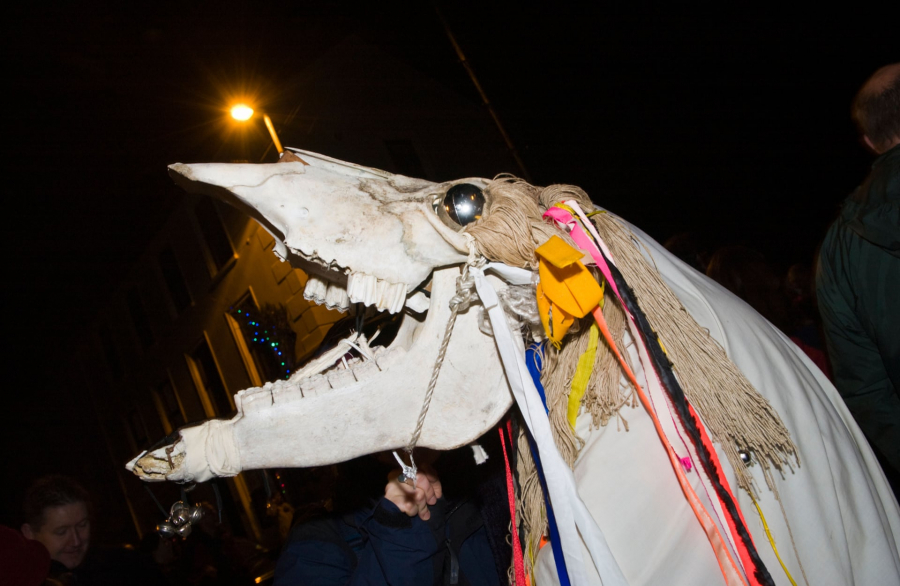
Mari Lwyd horse skull during New Year's Eve festivities in Llanwrtyd Wells, Wales
A rather creepy Welsh Christmas tradition is called Mari Lwyd – people parade through the streets with a hippocampus skull and sing traditional songs. People here believe that this tradition will ward off evil spirits as the New Year approaches.
4. Grýla and the Yule Cat (Iceland)
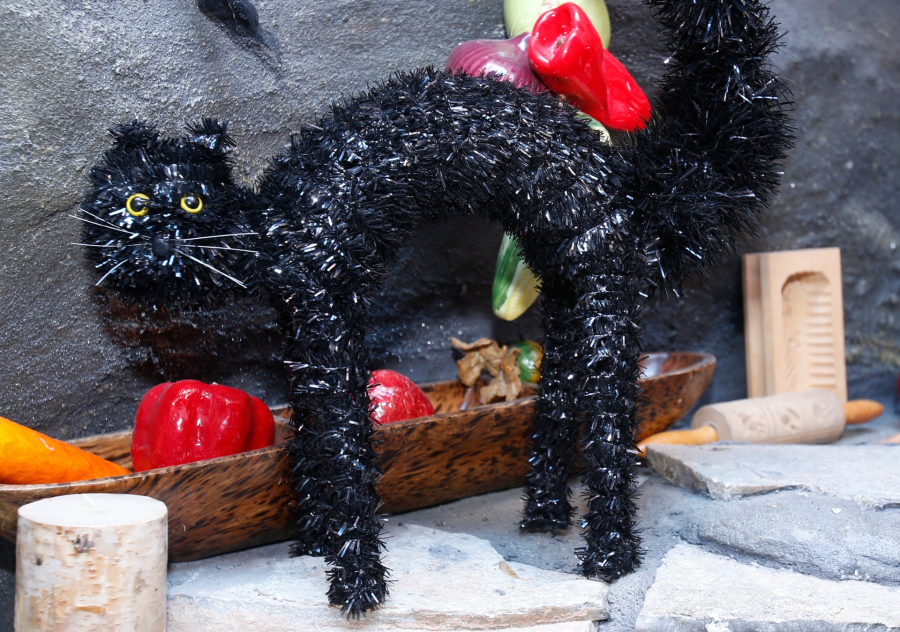
According to Icelandic folklore, this black Yule cat was the "pet" of the elf Gryla.
In Icelandic culture, there is an evil goblin named Grýla who specializes in harming children. This goblin has 13 children called Yule Lads, also known as mischievous trolls. According to legend, 13 days before Christmas, these Yule Lads will appear and harass families. Many places also believe that the Yule Lads specialize in kidnapping and eating children during the holiday.
Another monster that makes Icelandic children "scream" on Christmas Eve is Jólakötturinn, or the giant Yule cat, which is Gryla's "pet". This cat is described as extremely bloodthirsty and cruel, wandering around to eat children who do not have new clothes on Christmas.
5. Hans Trapp (Alsace-Lorraine, France)
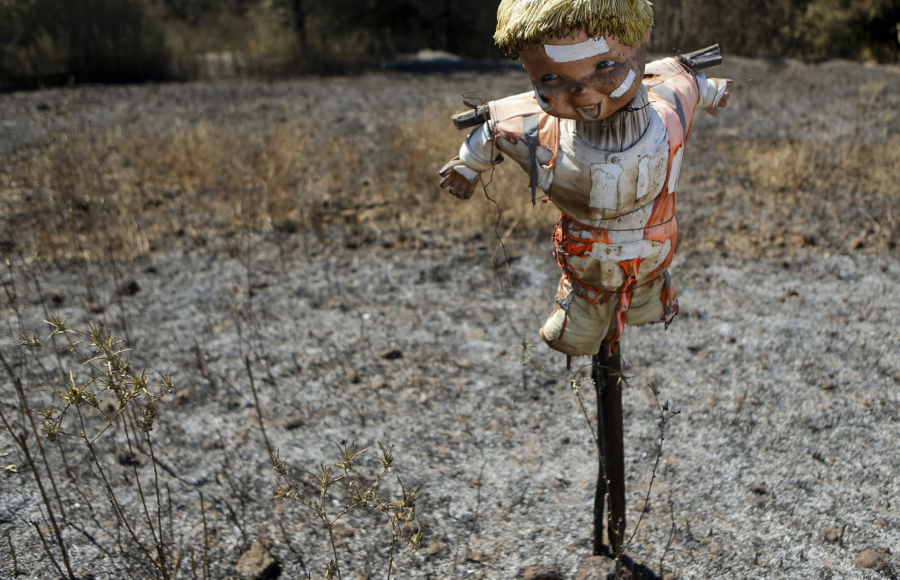
Hans Trapp disguises himself as a scarecrow to travel the countryside.
Hans Trapp is a figure in Christmas folklore from the Alsace and Lorraine regions of France. Legend has it that Trapp was a rich, greedy, and evil man who worshipped Satan and was excommunicated from the Catholic Church. He was banished to the woods, disguised as a scarecrow wrapped in clothes, and preyed on children. He would appear in December before Christmas, scaring naughty children and bringing gifts to good children.
6. Underground Devil Kallikantzari (Greece, Bulgaria, Serbia, Türkiye)
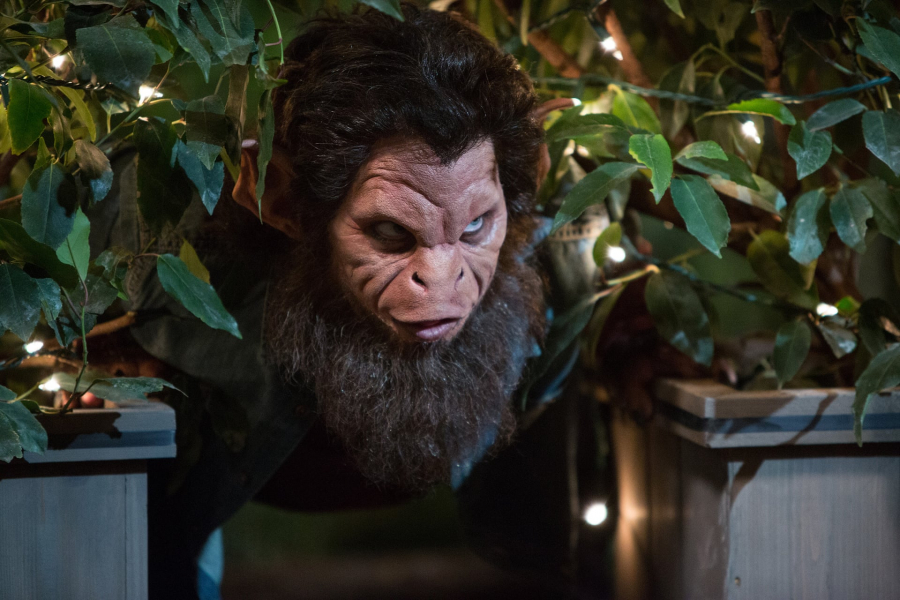
Kallikantzaroi in the episode "The Grimm Who Stole Christmas"
In Greece, it was believed that the Kallikantzaroi lived underground and would appear before the 12 days of Christmas to wreak havoc on the household. Children born during this time were said to have the potential to become Kallikantzaroi.
The Greeks also believed that underground there existed a devil tree that Kallikantzaroi used to drag people down to their world, so before Christmas Eve, families would hang pig teeth in the chimney to prevent the devil from entering the house.
7. Father Fouettard (France, Belgium, Switzerland)
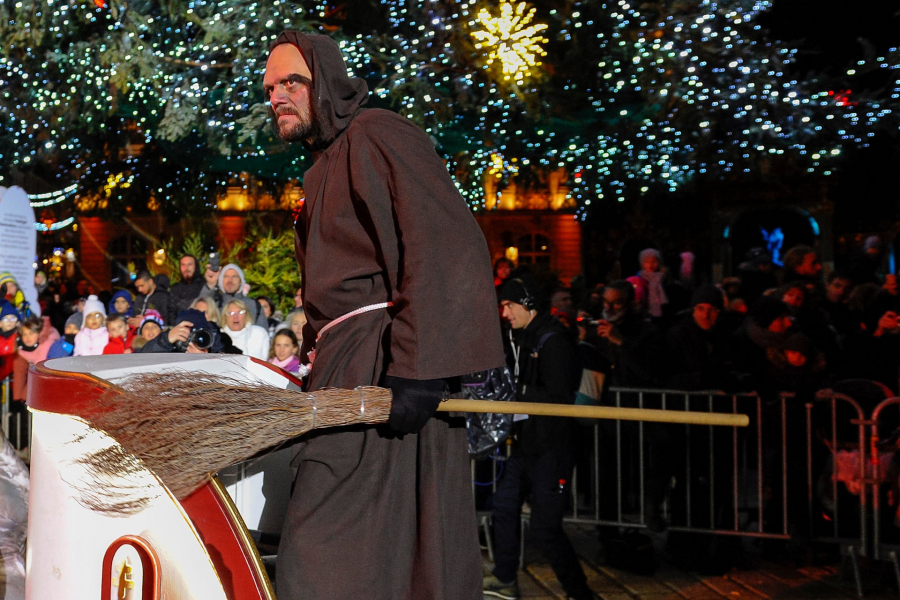
A man dressed as Father Fouettard parades during the festival of St. Nicholas in Nancy, eastern France
French legend tells of Father Fouettard, a cruel butcher with a penchant for child flesh. He or his wife lured three boys into his butcher shop to kill, dismember, and marinate them. Saint Nicholas came to the rescue, resurrecting the boys and taking custody of the butcher’s children. The imprisoned butcher became Father Fouettard, Saint Nicholas’ servant, whose job was to dispense punishment to naughty children on Saint Nicholas Day.





















_result.jpg.jpg)




_result.jpg.jpg)







